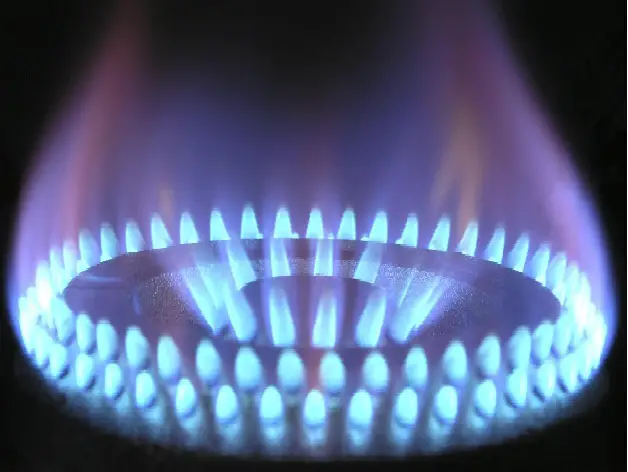As signs of a potential resolution to a labor dispute at the largest liquified natural gas export plant in Australia emerge, reducing fears over one of three potential strikes in the key gas exporting nation, the price of gas in the European market has begun to tumble.
Thursday saw benchmark futures fall by as much as 18%. As traders had awaited signs of a potential resolution to the threats of industrial action which have hung over roughly 10% of global supplies of natural gas, gas prices rose steadily.
Following negotiations which ran through the night Wednesday, Unions representing workers at Woodside Energy Group Ltd’d Northwest Shelf LNG operations have said they are considering a “strong offer” from the management at the company. Following a meeting with members on Thursday, details of the settlement will be released, according to a statement from the Offshore Alliance, a group which is representing two major unions.
Europe’s market has been very responsive to any threats of supply disruptions, after having seen prices pushed to record highs last year, and enduring the worst of the energy crisis following the cessation of the majority of gas flows from the continent’s previous primary supplier, Russia.
Even as storage sites for the coming winter sit at near full capacity, the region continues to be dependent on a continuous flow of LNG from the global market. Although the Australian facilities primarily supply Asia, any prolonged shutdown could have risked sending Asian buyers to purchase US or Qatari LNG which would otherwise have been available to Europe’s market, where it would have driven down prices.
In a note Thursday, ING Groep NV said, “We will need to see what the unions finally decide at their meeting today, but all indications at the moment look promising that strike action at the North West Shelf will be avoided”
Although a deal with Woodside would be promising, there are still negotiations ongoing between Chevron Corp. and workers at two of its Australian LNG facilities. That means there are 24.5 million tons of annual production which are still under threat, representing about 5% of global liquefaction capacity.
In Amsterdam, Europe’s gas benchmark, Dutch front-month futures, was trading at €30.35 a megawatt-hour at 8:02 am, marking a decline of 17.50%.


